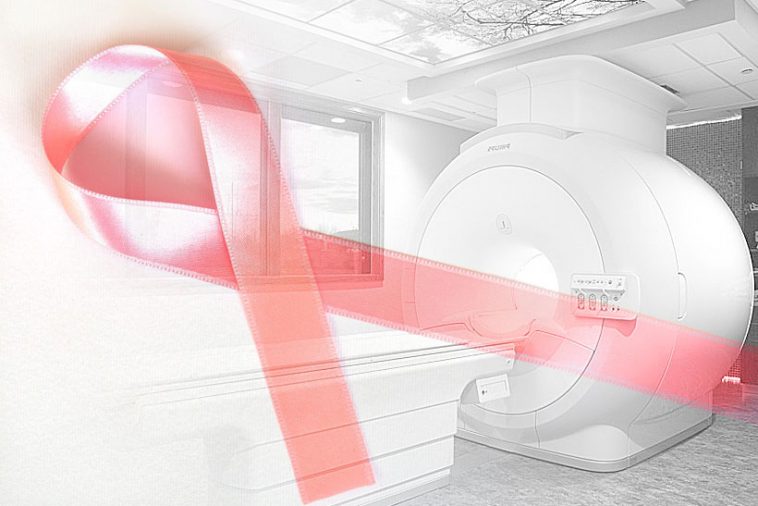- Like
- SHARE
- Digg
- Del
- Tumblr
- VKontakte
- Flattr
- Buffer
- Love This
- Save
- Odnoklassniki
- Meneame
- Blogger
- Amazon
- Yahoo Mail
- Gmail
- AOL
- Newsvine
- HackerNews
- Evernote
- MySpace
- Mail.ru
- Viadeo
- Line
- Comments
- Yummly
- SMS
- Viber
- Telegram
- JOIN
- Skype
- Facebook Messenger
- Kakao
- LiveJournal
- Yammer
- Edgar
- Fintel
- Mix
- Instapaper
- Copy Link
Introduction
According to the National Cancer Institute, there are many types of cancer treatment available, and they are used depending on what type and how advanced the condition is.
It’s also common for a patient to undergo a combination of procedures, while some would only need one.
To determine the right step to take, it is always best to consult first an oncologist from any of the premier cancer centers of North Carolina.
Here are some of the common treatments for cancer:
Surgery
A patient may need an operation to remove tumors in an area of the body. The most common way surgeons operate is by cutting through skin, muscle, and, sometimes, bone to remove the tissue mass caused by abnormal cells.
Nowadays, there are other methods of performing surgery that won’t require invasive procedures, including:
- Cryosurgery – The surgeon applies liquid nitrogen or argon gas directly to the cancer cells. The cold temperature of the gas freezes the cells, destroying their presence as well as the possibility of them multiplying. Cryosurgery can treat retinoblastoma, early-stage skin cancer, actinic keratosis, and precancerous cervix conditions.
- Laser – This utilizes precise, powerful beams of light that accurately hit small areas of the body to shrink or destroy the cells. Using lasers provides less pain, bleeding, scarring, and damage to neighboring cells. This treatment is typically performed to remove tumors on the skin or inside the lining of internal organs, such as in cervical, vaginal, esophageal carcinoma.
Radiation
High doses of radiation kill or slow down the growth of cancer cells by destroying their DNA. This therapy can take days or weeks to take full effect on the cells. Once exposed to the right amount of radiation, the cancer cells will start to disappear because of the lack of usable genetic data needed to reproduce new organisms. Oncologists usually prescribe radiation therapy to treat cancers of the thyroid, breast, cervix, prostate, and eye.
The two types of radiation therapy are:
- External Beam (EBT) – With this method, the machine targets radiation to the specific area of the body where the cancer cells are concentrated. The EBT machine moves around the patient’s body without contact.
- Internal Radiation (IRT) – This requires the use of a solid or liquid source of radiation that will enter the body. It can be embedded next to the tumor or injected into the tissues and blood to kill the cells directly.
Chemotherapy
Chemotherapy (chemo) uses drugs to kill rapidly growing cancer cells. The medication is administered in a specific dosage and schedule, depending on several factors like:
- The type and stage of cancer
- Patient’s age and general health condition
- Other medical conditions
- Previous cancer treatments
Oncologists from cancer centers of North Carolina perform chemo in different ways:
- Intravenous (IV) – This is a common and fast way to introduce the drugs into a patient’s body since they will be injected directly into the vein. Every session can last from a few minutes to hours.
- Oral – Chemo medications taken orally are now more common. They can come in a pill, capsule, or liquid formula, and these are conveniently available at pharmacies.
- Injection – The patient receives the drugs as a shot. It can be injected into a muscle or under the skin of the arm, leg, or abdomen.
Immunotherapy
The immune system, as part of its normal function, detects and fights off invading organisms. Immunotherapy supports this natural defense mechanism of the body by utilizing the following methods:
- Immune Checkpoint Inhibitors – Immune checkpoints regulate how the immune system would respond to foreign threats in the body. Some cancer cells take advantage of this and use them as their shield from the body’s defenses. Immune checkpoint inhibitors, like what the name suggests, are drugs that disable the checkpoints for a while, so the immune system fighters, called T-cells, can target and kill the cancer cells aggressively.
- T-Cell Transfer – Active T-cells taken from the tumor go through an enhancement to destroy the cancer cells better. They will later re-enter the body through oral, topical, and intravenous treatment.
Clinical Trials
Clinical trials offer new types of treatment. Although they do not guarantee immediate results, they help doctors and researchers determine the safest and most effective ways to cure cancer. Patients who take part in clinical trials have access to the latest methods that can help improve cancer care for all future patients.
Conclusion
There is a lot to think about when choosing the right cancer treatment, but it’s comforting to know and understand that there are several options. Nevertheless, doctors and researchers all over the world still persevere and continue to find the best procedures to cure the disease.


